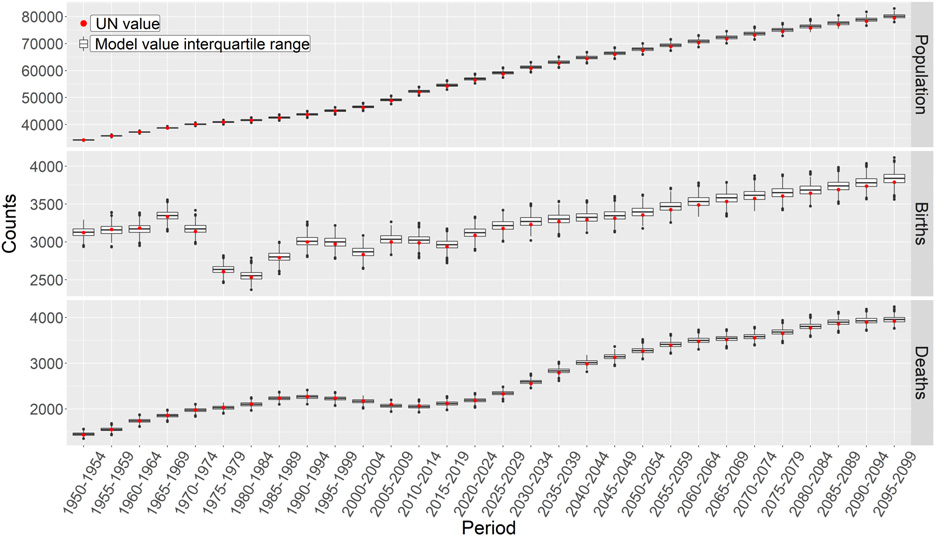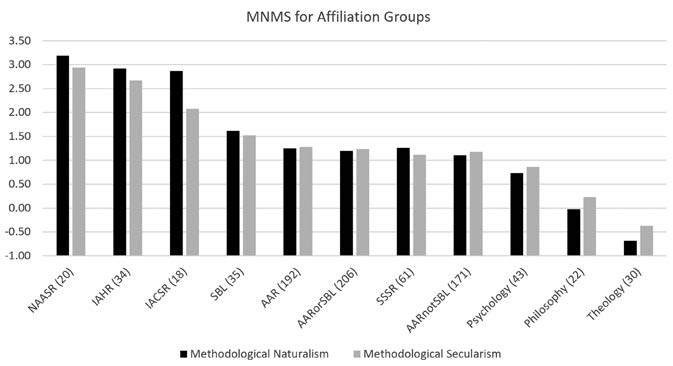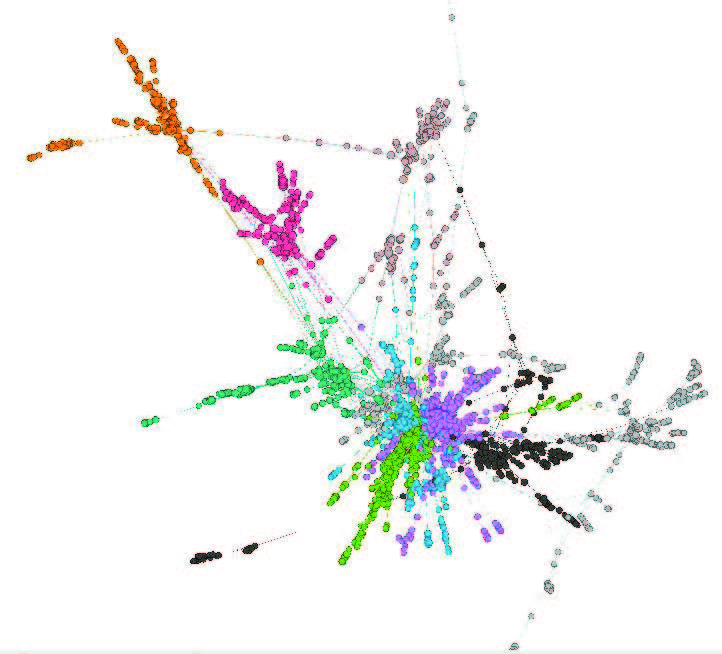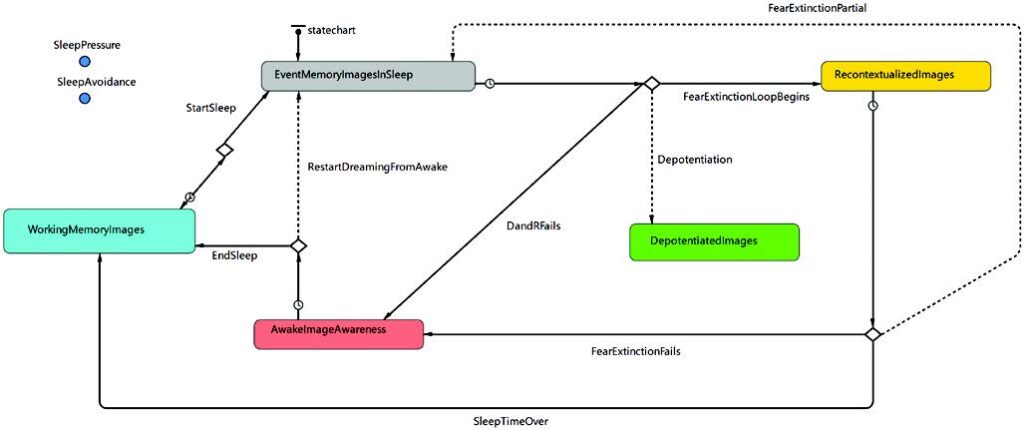
Accurate projections of population growth or decline are incredibly important for policymakers to plan for the future, making decisions about likely education, healthcare, infrastructure, and environmental needs. At present, most demographic projections such as those produced by the United Nations, rely on the cohort-component method (CCM). CCM is based on a deceptively simple equation specifying that the population at time t + 1 is equal to the population at time t, minus deaths, plus births, plus net migration (i.e. immigration minus emigration). This simple equation grows more complex but also more accurate when the population is split into cohorts, usually of 5 year periods, because then one needs to determine the probabilities of dying, giving birth, or immigrating to a new country for each 5-year cohort. The complexity increases exponentially as one tracks additional demographic factors beyond age and sex (e.g. religious or political affiliation). This paper reports on a microsimulation we created to replicate the United Nation’s CCM projections for the country of Norway. Though they require more raw computing power to run, microsimulations permit greater implementation flexibility and they also force one to specify assumptions that are often only half-conscious, yet have profound consequences on final results. As the graph above shows, our final microsimulation matched the UN CCM’s estimates and projections quite precisely, but this result required the painstaking work of surfacing these tacit assumptions and then determining how to best implement them in the microsimulation.
Here’s a link to the full article; the abstract follows below.
Continue reading


